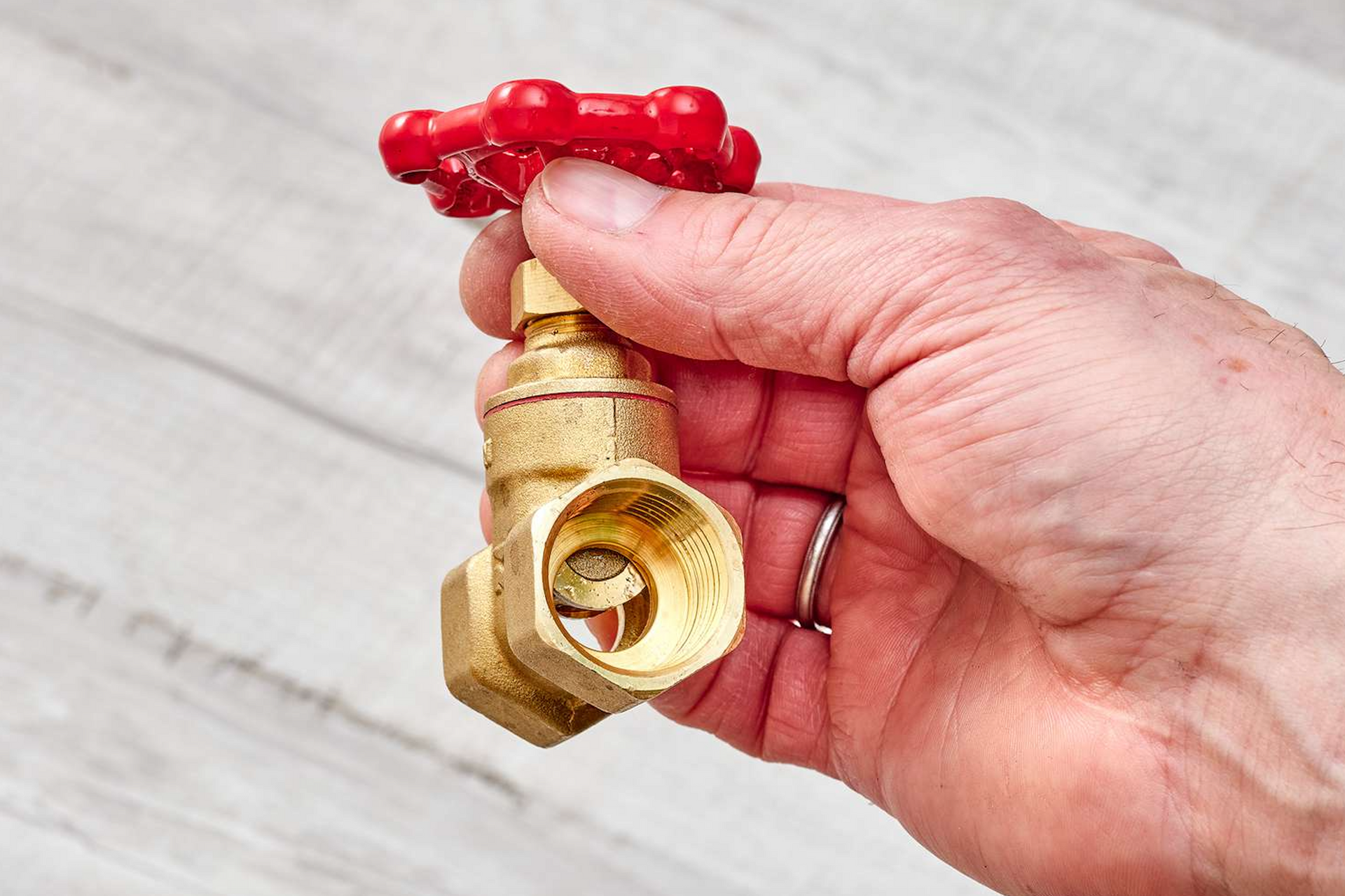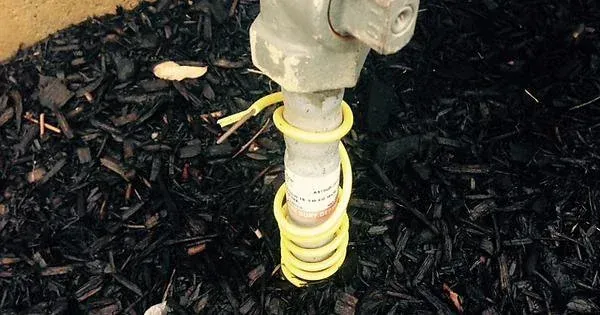Plumbing Red Flags to Watch For When Buying an Existing Home
Buying an existing home can be an exciting venture – you're not just purchasing property but also history, character, and a place to create new memories. However, older homes come with their own set of challenges, especially when it comes to plumbing.
Before you sign on the dotted line, it's essential to be aware of potential plumbing issues. Here are some red flags to look for, brought to you by the experts at Aarons Water Heaters:
1. Discolored Water
Turn on the faucets in the home to check the water color. If it’s any shade other than clear – brown, yellow, or cloudy – it could indicate corrosion in the pipes or issues with the local water supply.
2. Low Water Pressure
Reduced water pressure might seem like a minor inconvenience, but it could suggest more severe problems like corroded pipes, hidden leaks, or issues with the local water supply.
3. Outdated Water Heater
Inspect the water heater. A rusty tank, outdated models, or any signs of leakage are causes for concern. Additionally, if the water heater is over 10-15 years old, it might need a replacement soon.
4. Noisy Pipes
If you hear rattling, banging, or any strange noises when you turn on the faucets or flush the toilets, it could indicate loose pipes or water pressure issues.
5. Signs of Previous Water Damage
Look for dark spots on the walls or ceilings, warped floorboards, or a musty smell. These can indicate past leaks or flooding issues.
6. Slow Drains
Drains that empty slowly could mean blockages or more severe issues further down the line, like tree root invasions or structural problems.
7. Unusual Toilet Behavior
If the toilet makes strange noises, doesn't flush correctly, or continuously runs, it might signal underlying problems with the septic system or general plumbing issues.
8. Exposed Pipes
Inspect any visible pipes in the home, including in basements, crawl spaces, and utility rooms. Look for signs of corrosion, leaks, or DIY patches, which might not meet professional standards.
9. Sewer and Septic Issues
Ask about the age and condition of the sewer or septic system. Backups, unpleasant odors, or wet spots in the yard can indicate problems.
10. Older Pipe Materials
Homes built before the 1970s might have galvanized pipes, which are prone to corrosion and can reduce water quality. Even more concerning, some old homes may still have lead pipes, which pose severe health risks.
11. Inconsistent Water Temperature
If you experience rapid changes in water temperature while testing showers or faucets, there might be issues with the water heater or mixing valve.
Conclusion
While some plumbing issues in older homes can be easily addressed, others might require substantial repairs or replacements, leading to significant expenses. By being aware of these red flags, potential homeowners can make informed decisions and negotiate effectively.
While some plumbing issues in older homes can be easily addressed, others might require substantial repairs or replacements, leading to significant expenses. By being aware of these red flags, potential homeowners can make informed decisions and negotiate effectively.
If you’re considering buying an existing home and need a thorough plumbing inspection of your water heater and filtration system, the team is here to assist. We bring our expertise in water heaters and comprehensive plumbing knowledge to provide you with the insights you need for a smooth home-buying experience.
You might also like



